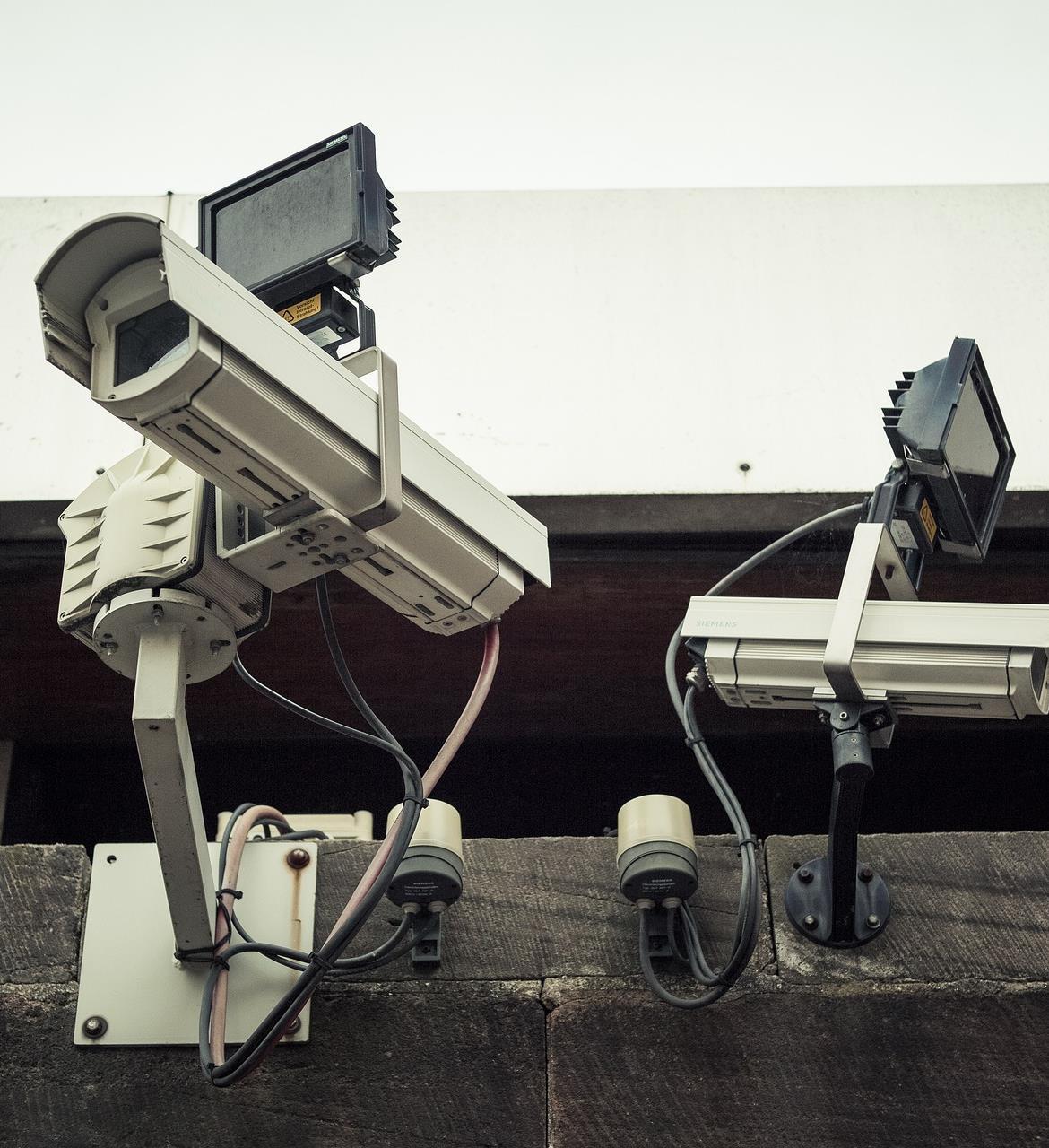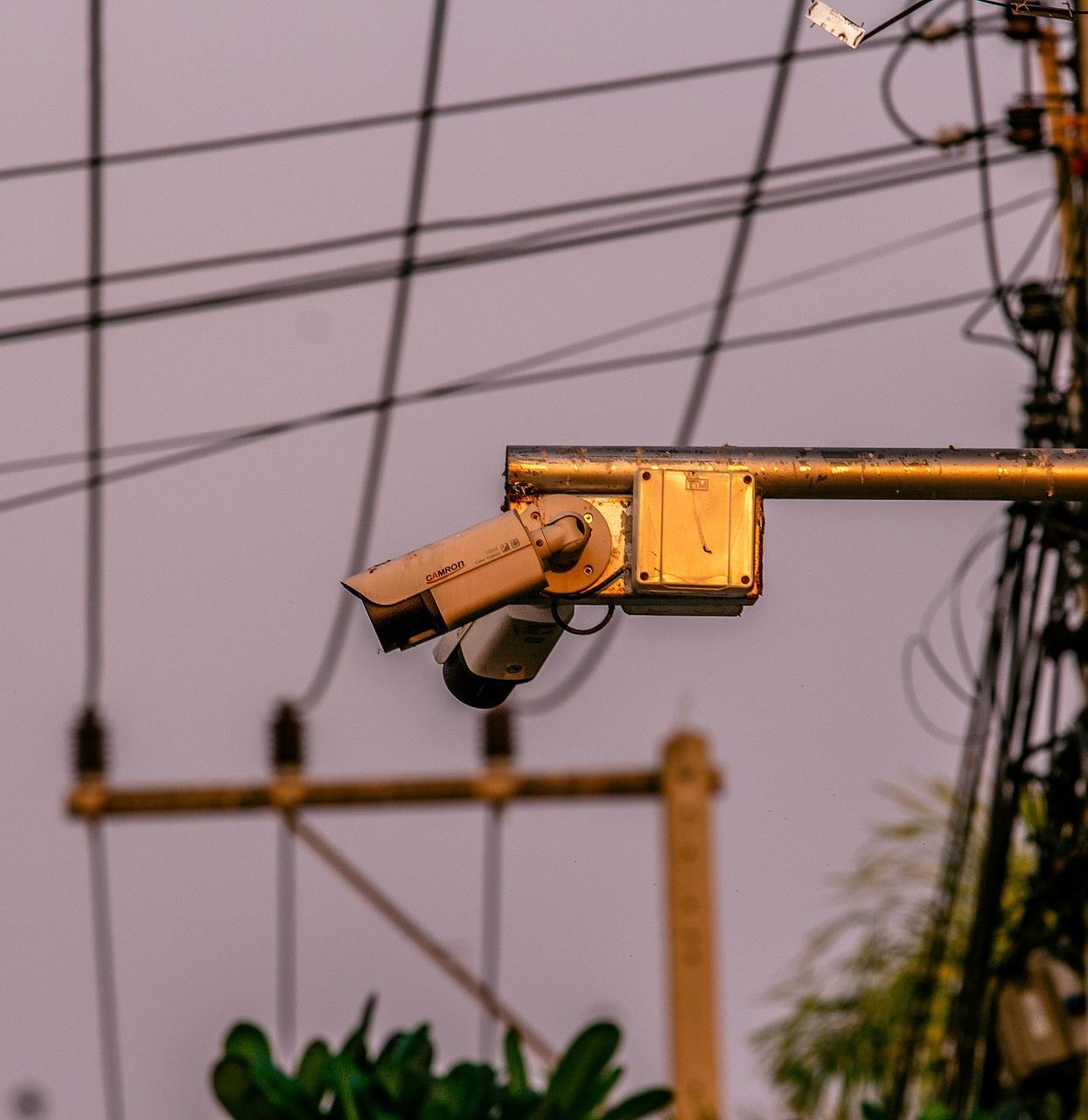What Are the Rules on CCTV in the Workplace?




0161 2139774 www.isecuritysolutions.co.uk
There are a few rules to follow when using CCTV in the workplace. First and foremost, ensure that footage is stored securely and not used for disciplinary or illegal purposes.Additionally, remember that personal footage should only be used for legal reasons or as part of an investigation. Finally, follow all company guidelines when utilizing CCTV in the workplace.
You can get the best of CCTV installers in your country. To know more about them, just type, for example, cctv installers greater Manchester.
Background:
How CCTV has been used in the workplace for years and what benefits it has?
CCTV has been in use in the workplace for years, and there are a few benefits. For one, it can help to prevent crime. Additionally, CCTV can also help to monitor employee behavior and performance. In some cases, it can also be used as security.
Usage of CCTV in the workplace:
CCTV is often used in the workplace to help protect employees and to maintain order.
There are a variety of different types of cameras that are used, and each has its own set of benefits and drawbacks. These are some of the most common types of CCTV cameras found in the workplace: Cctv systems are divided into two main categories: indoor and outdoor. Indoor systems use infrared light to image objects, while outdoor systems use visible light. Various types of cameras have their own advantages and disadvantages.

The infrared camera is great for images that cannot be seen with other vision technologies, such as close-up or panoramic shots. It's also able to capture images at high resolutions without any artifacts. However, infrared cameras can be expensive to purchase, and installation may be difficult.

Nevada law on CCTV in the workplace:
The Nevada Revised Statutes (NRS) regulates the use of CCTV in the workplace. The law is written primarily regarding privacy and security, with a few exceptions. Generally, when using CCTV in the workplace, employers must first obtain a license from the Nevada Department of Employment Standards. This license allows the employer to use CCTV footage for security purposes only.
Coverage of CCTV in the workplace:
CCTV is being increasingly used in the workplace to monitor and record activity. A few rules need to be followed when using CCTV in the workplace. The first rule is that CCTV should only be used for security purposes. This means it should not be used to monitor or record employees or their activities. If CCTV is used for security purposes, then it must be installed by a responsible authority, and the management should approve its use. The second rule is that all employees must have their photo identification card (PIC) with them when using CCTV. Additionally, all staff must wear a face mask as per the company's guidelines when using CCTV. When using CCTV, there are specific times and locations where it can be used.

Conclusion:
The different uses of CCTV in the workplace and what implications this may have on employees.
CCTV is becoming increasingly popular in the workplace, with many companies looking to use it for various reasons, such as safety and security. The use of CCTV in the workplace does come with some considerations, however - including what implications it may have on employment rights.
The first issue to consider is whether or not CCTV can be considered an employee benefit. In some cases, it may be - particularly if it is used as part of an overall security policy. However, others may see
CCTV as an unnecessary invasion of privacy and believe that employers should have the right to watch employees anytime they want without consent.
This decision should be made case-by-case basis, as different companies will have different policies on CCTV use.
THANK YOU









